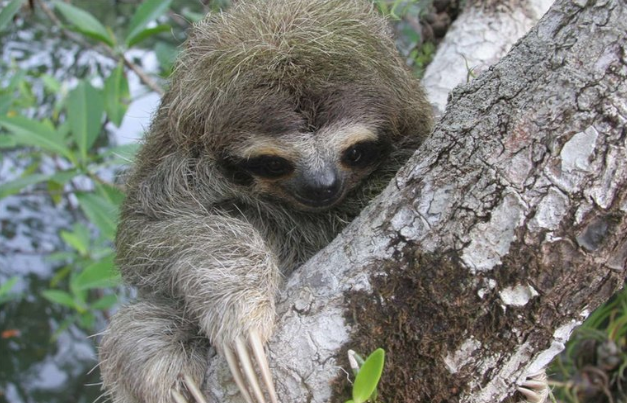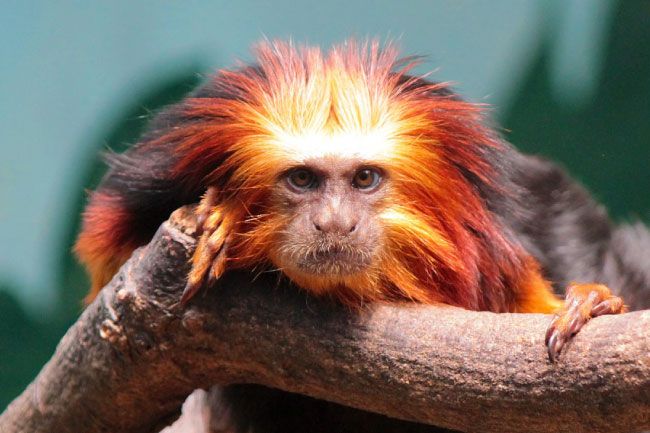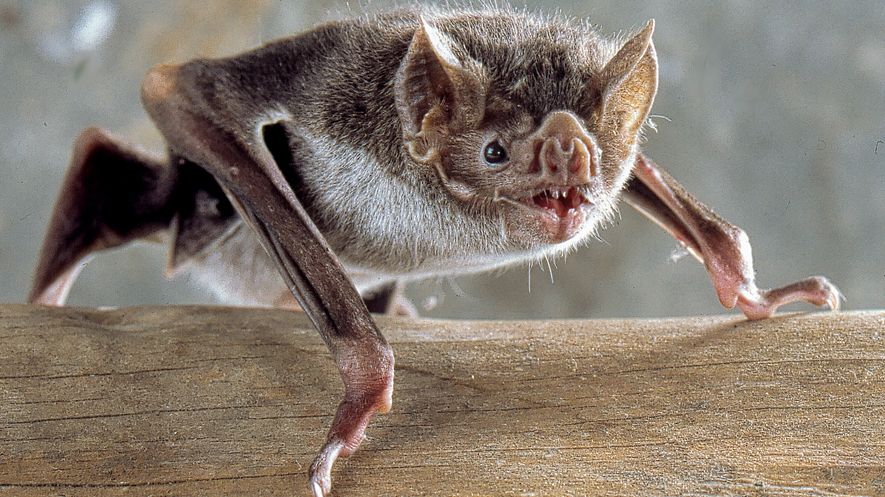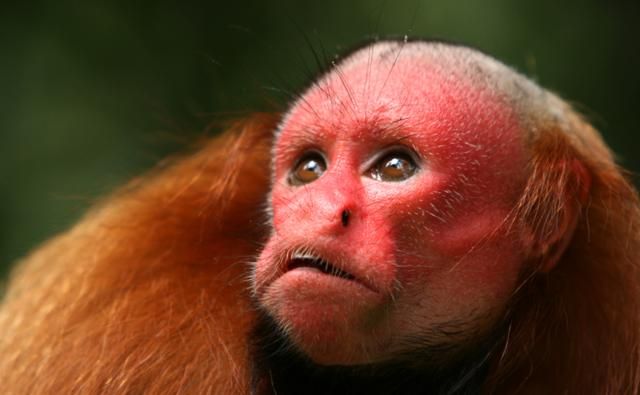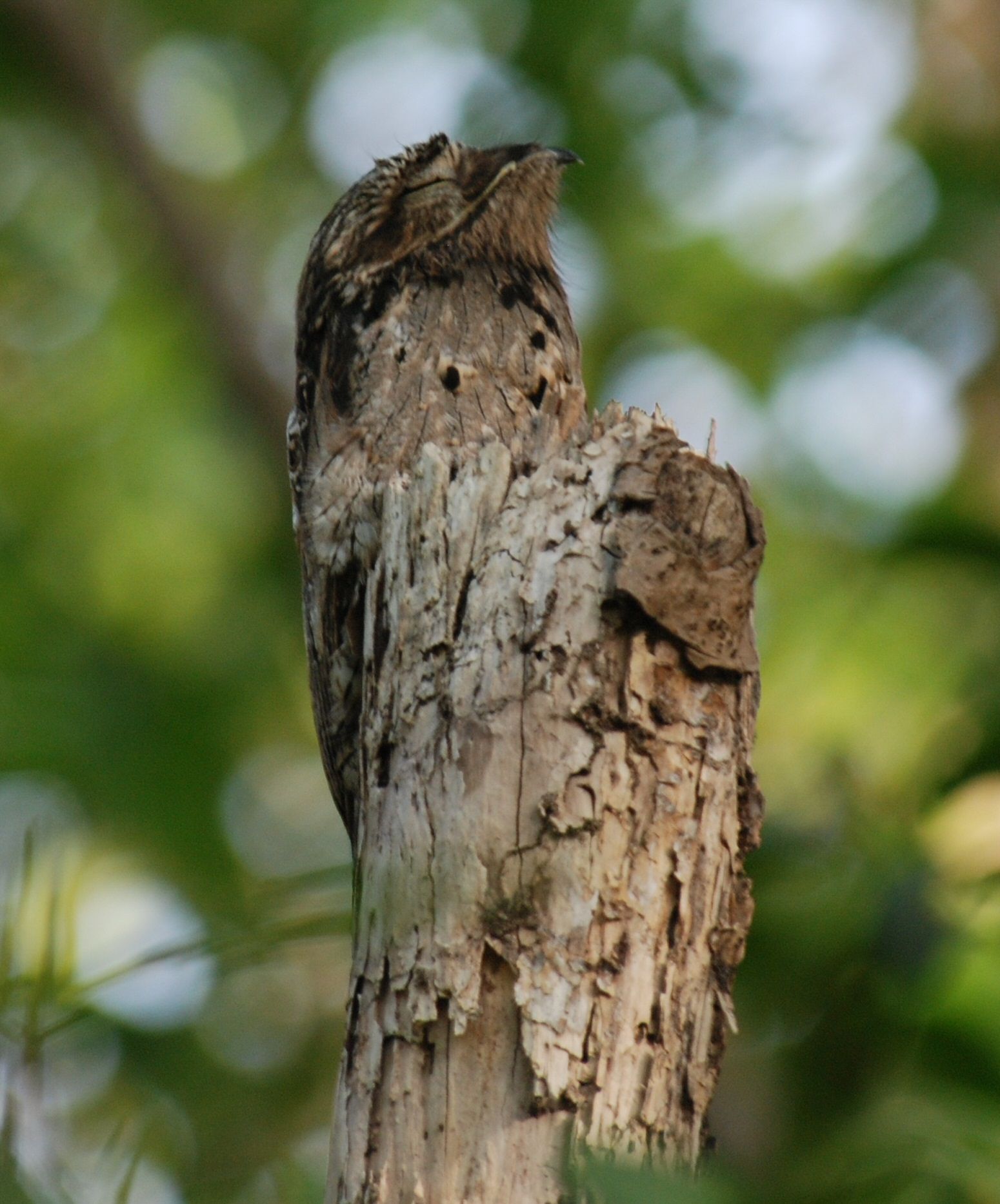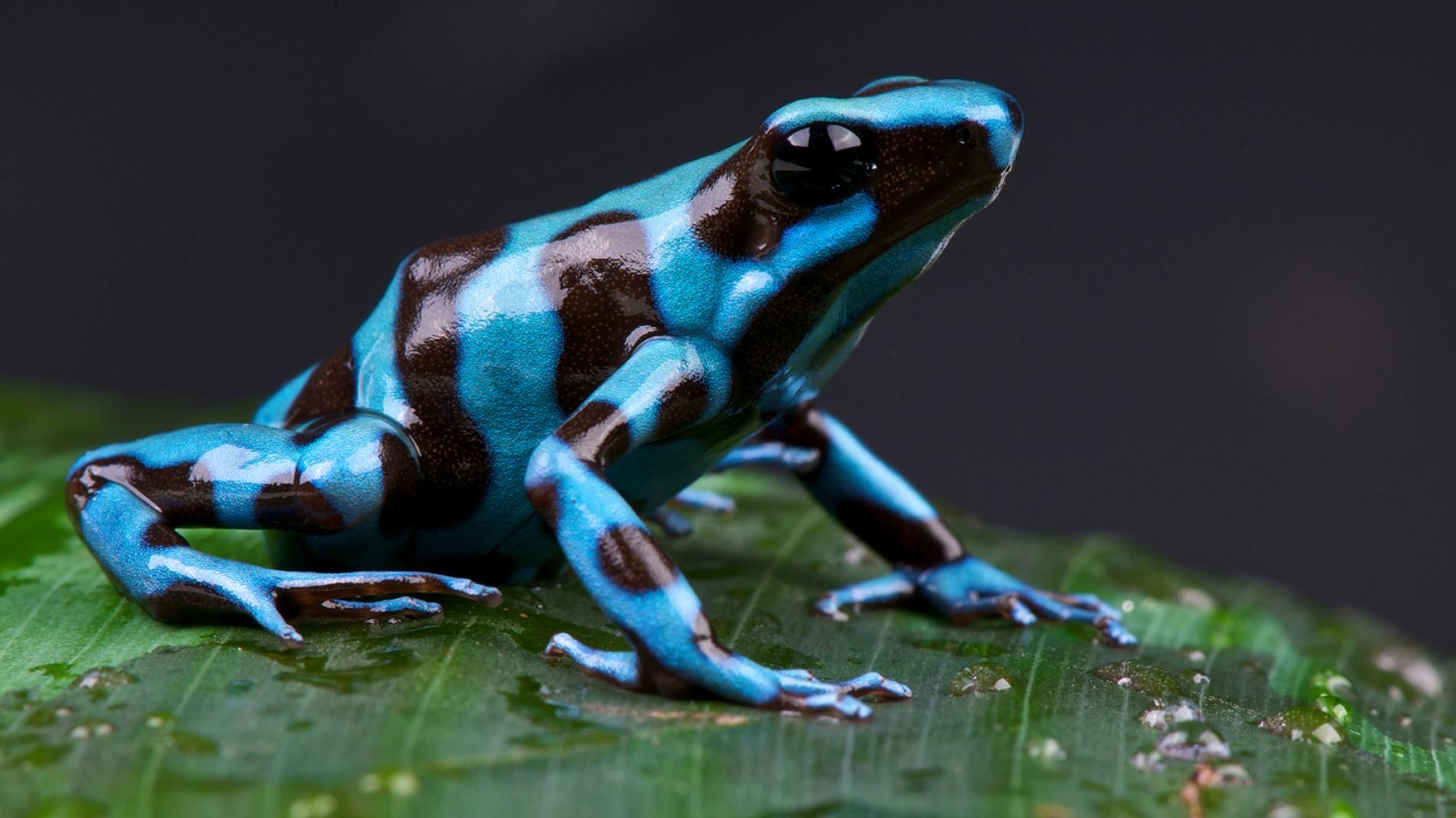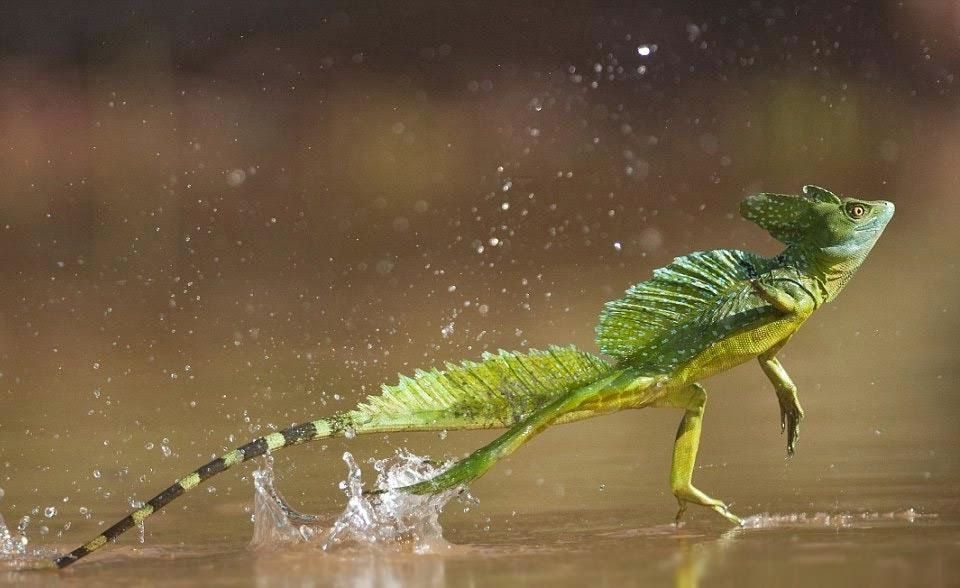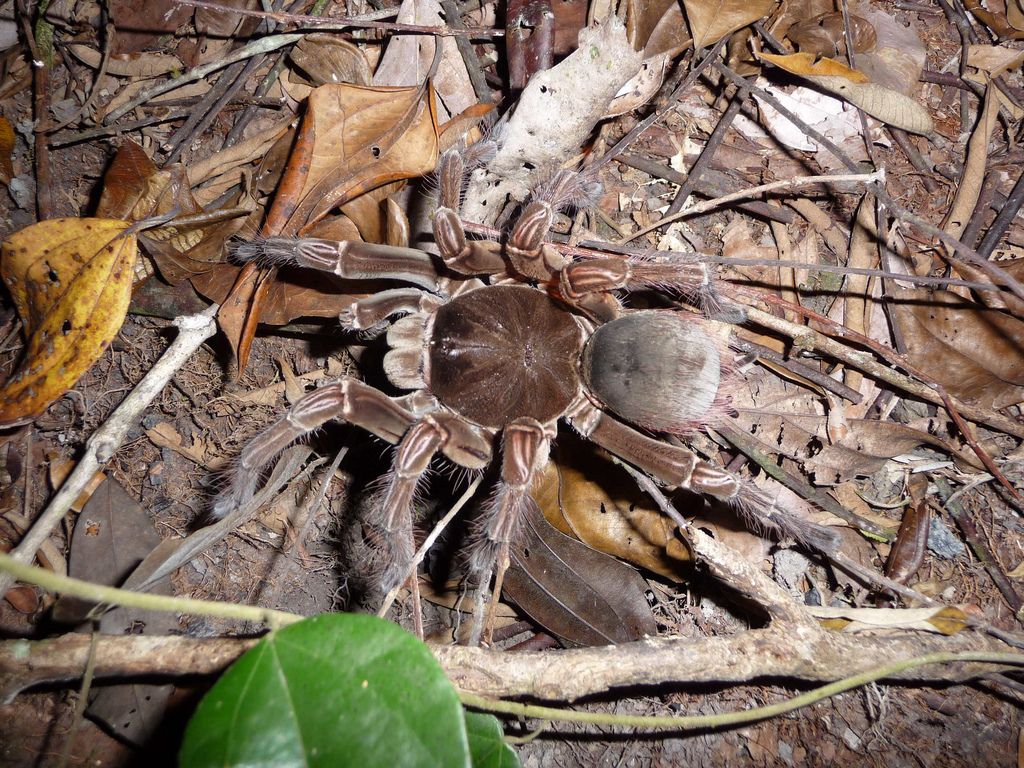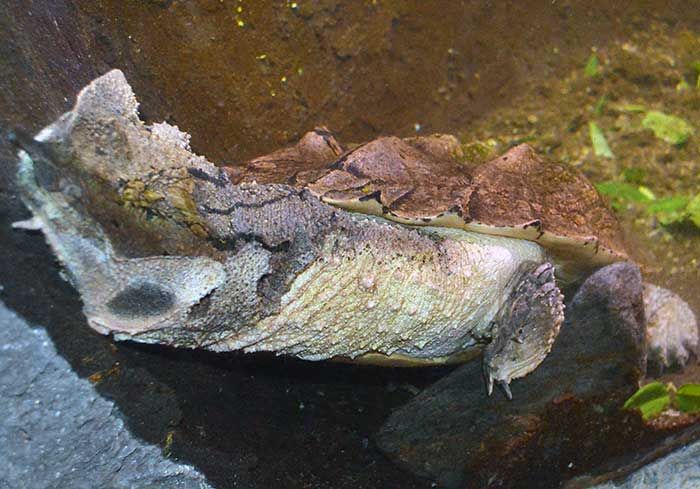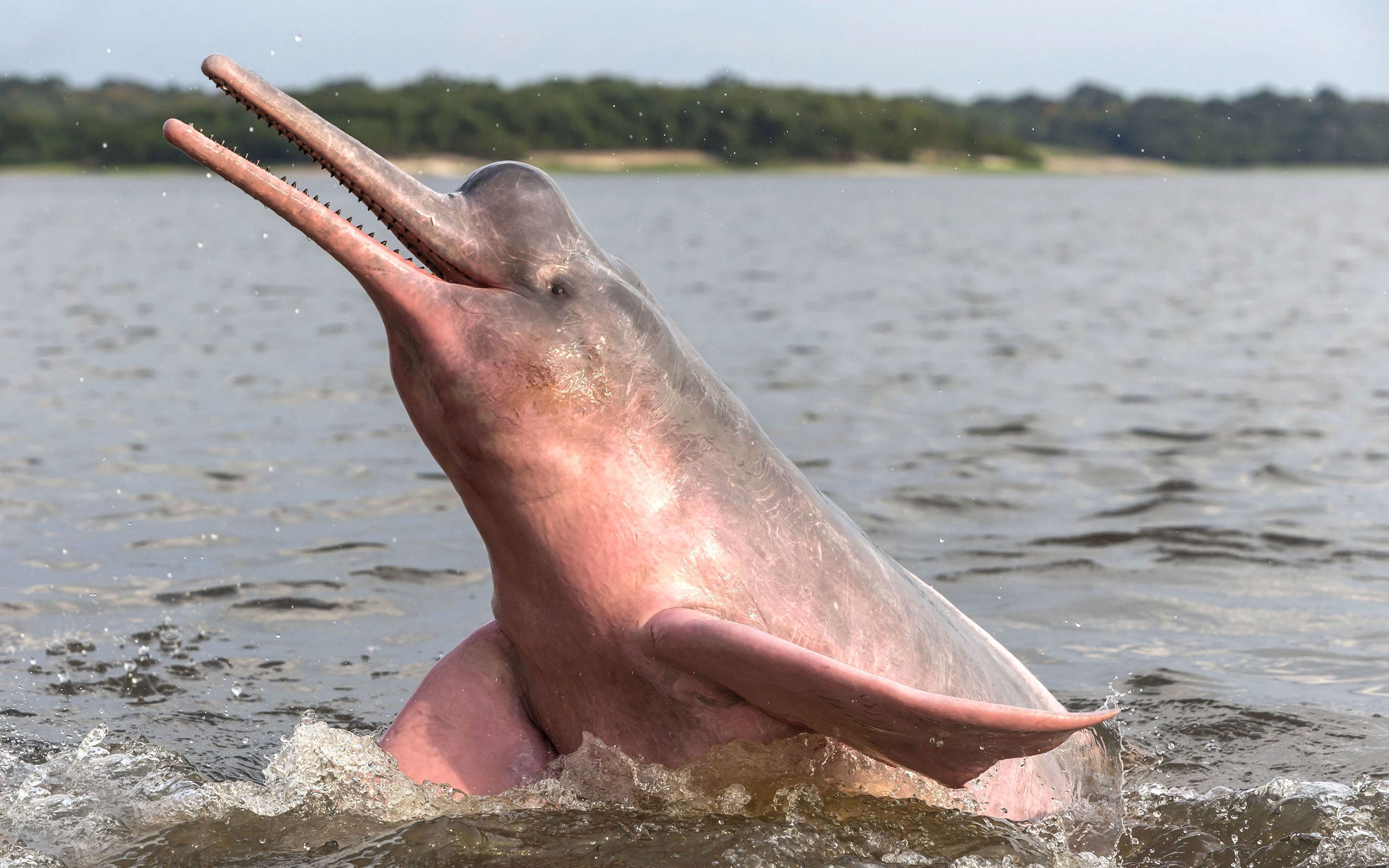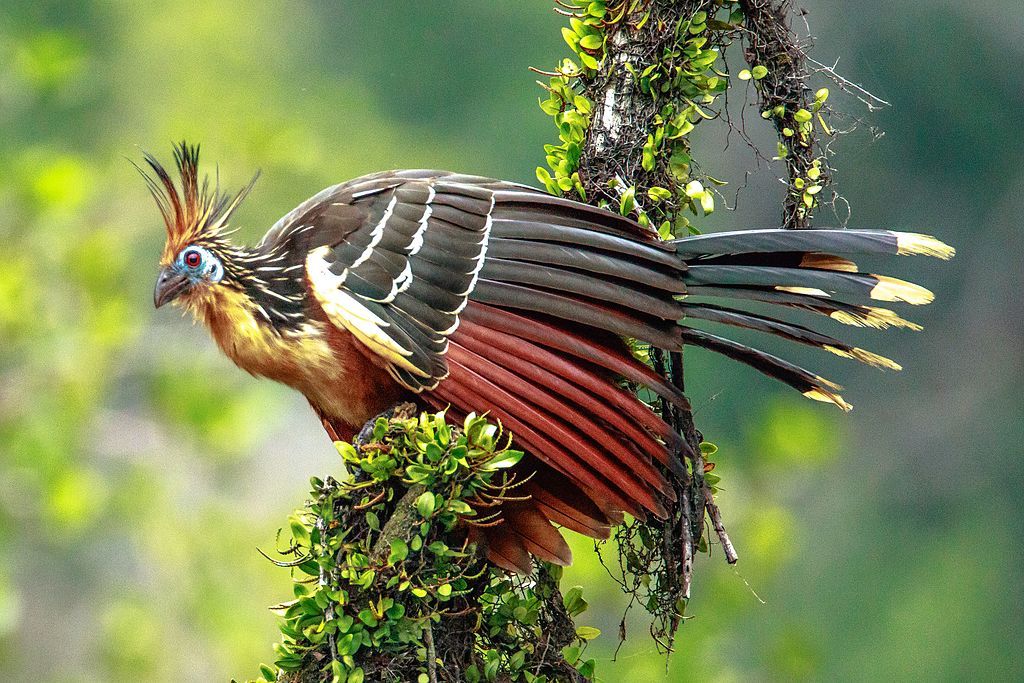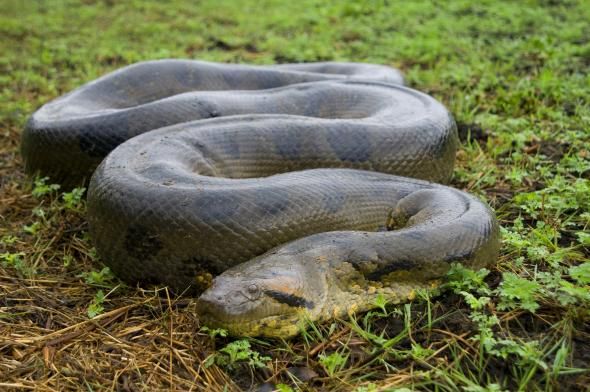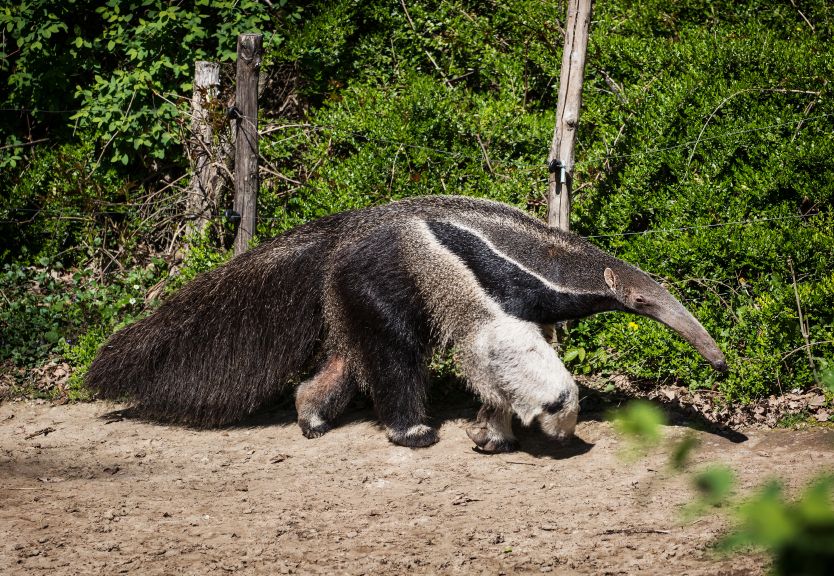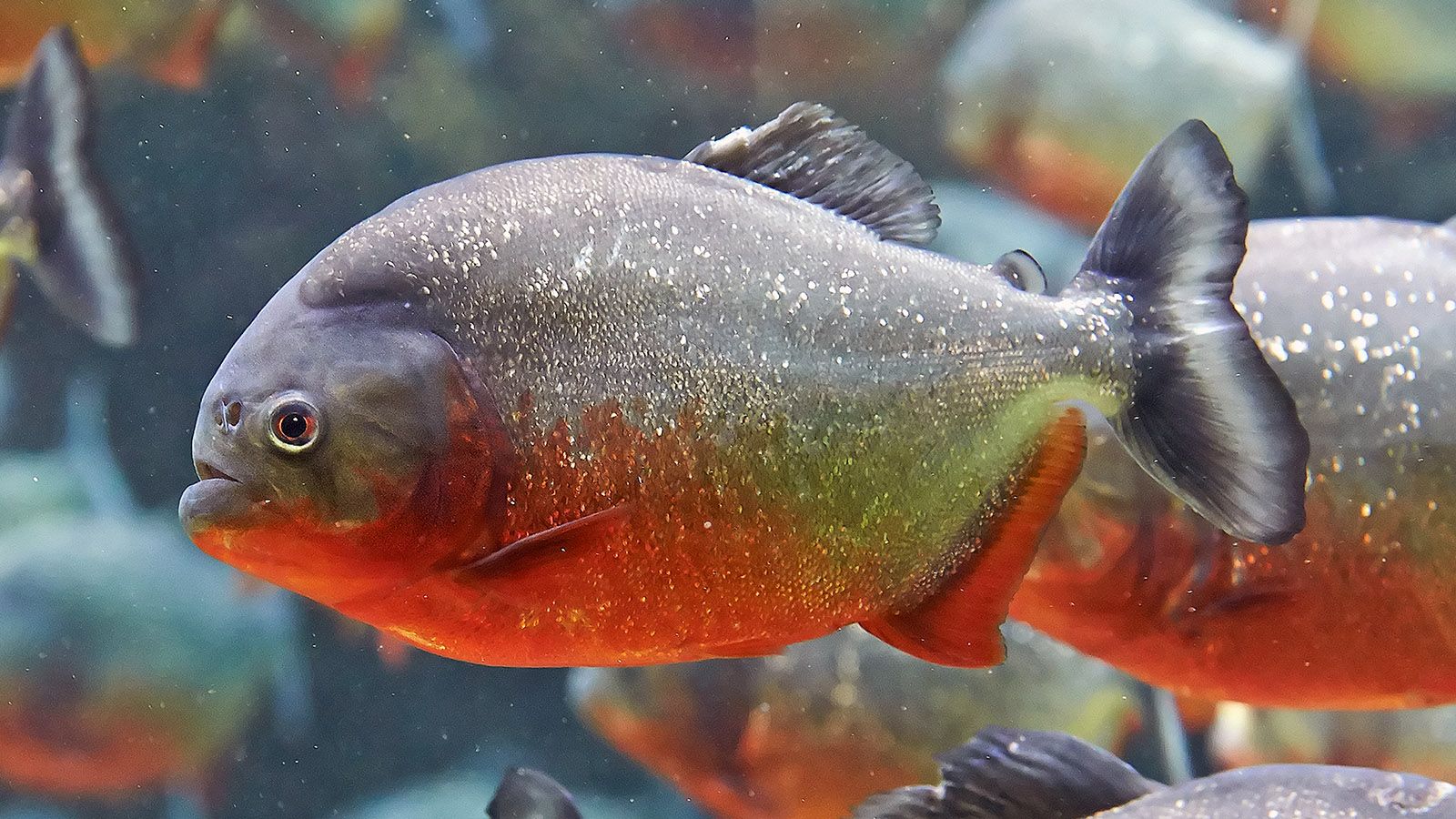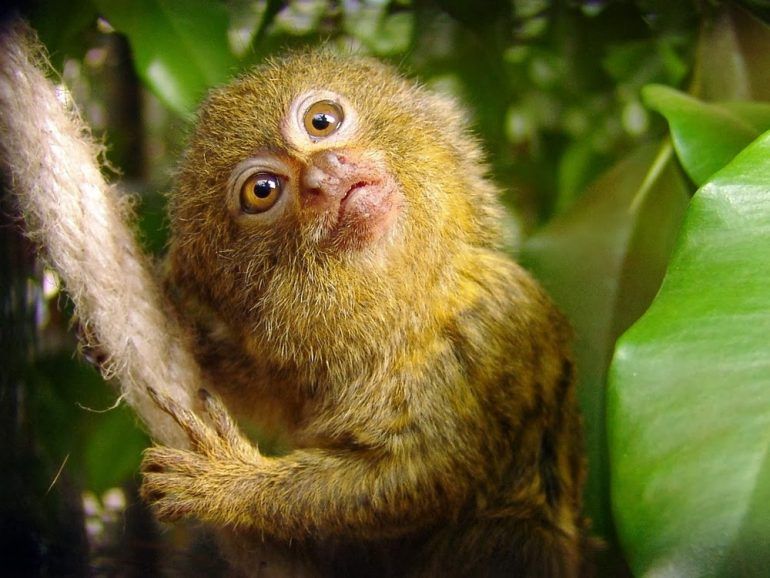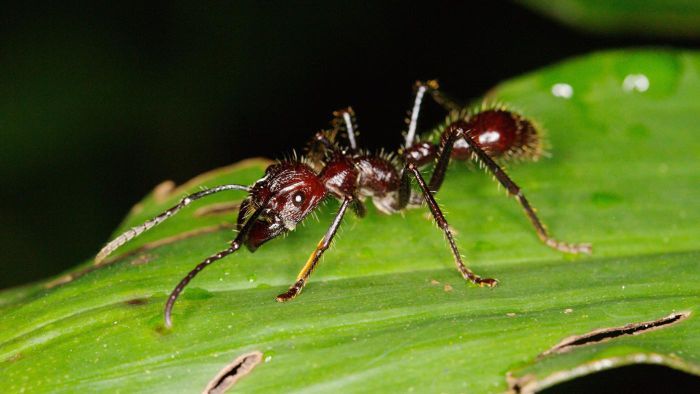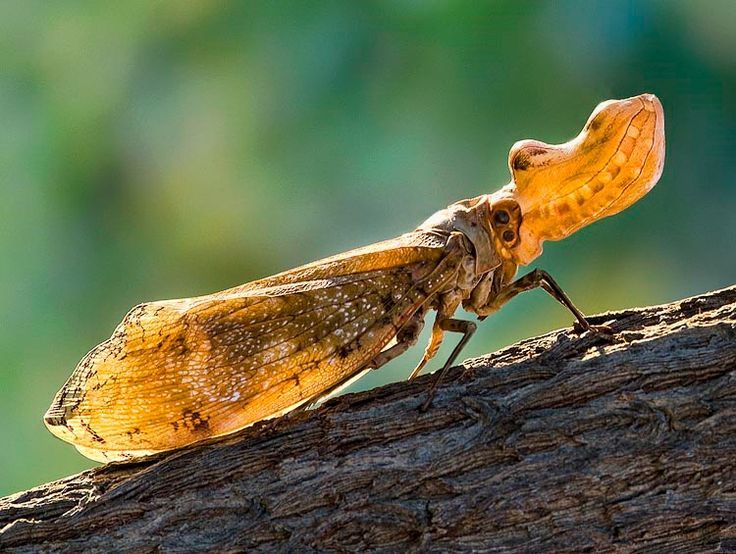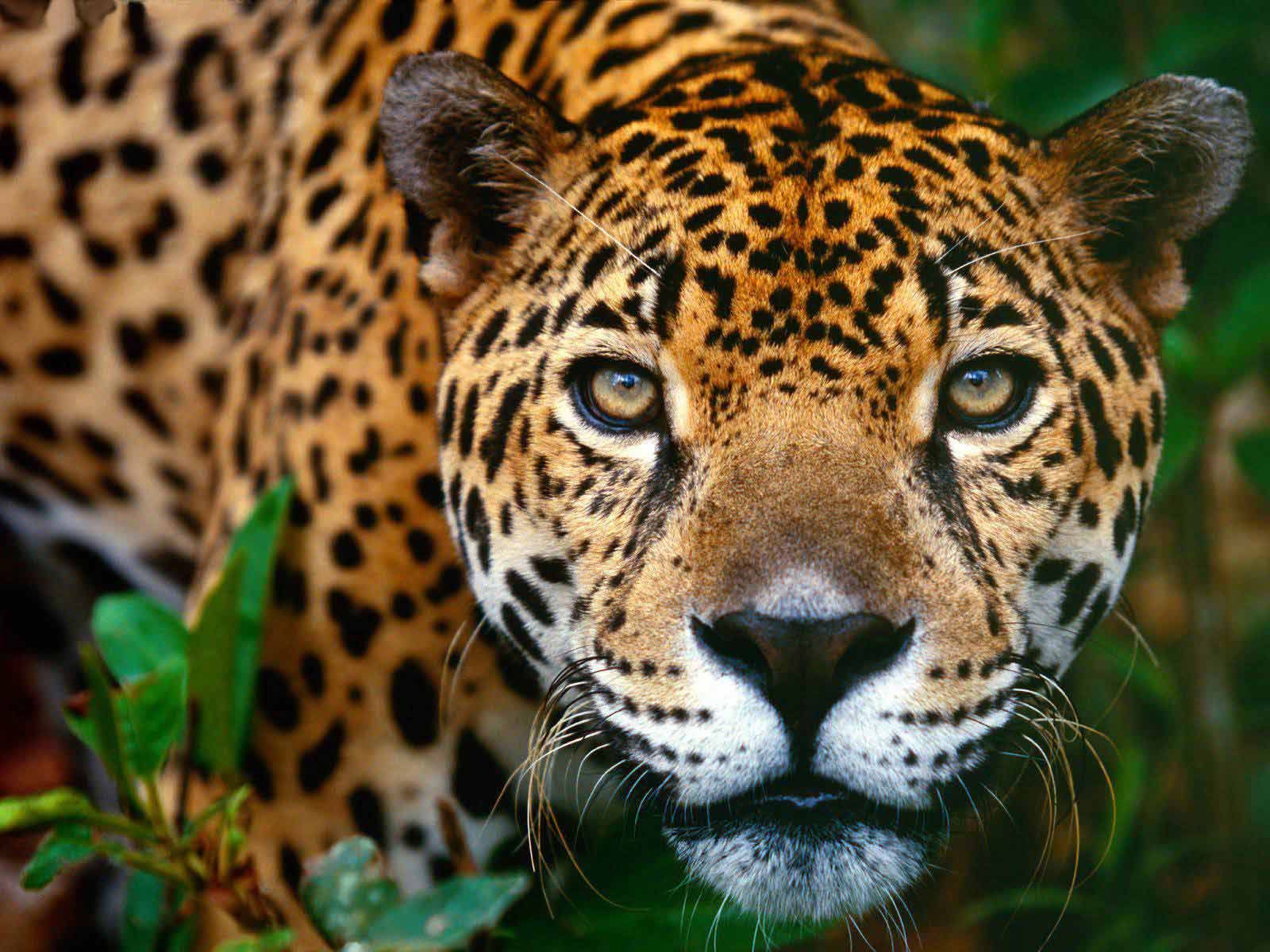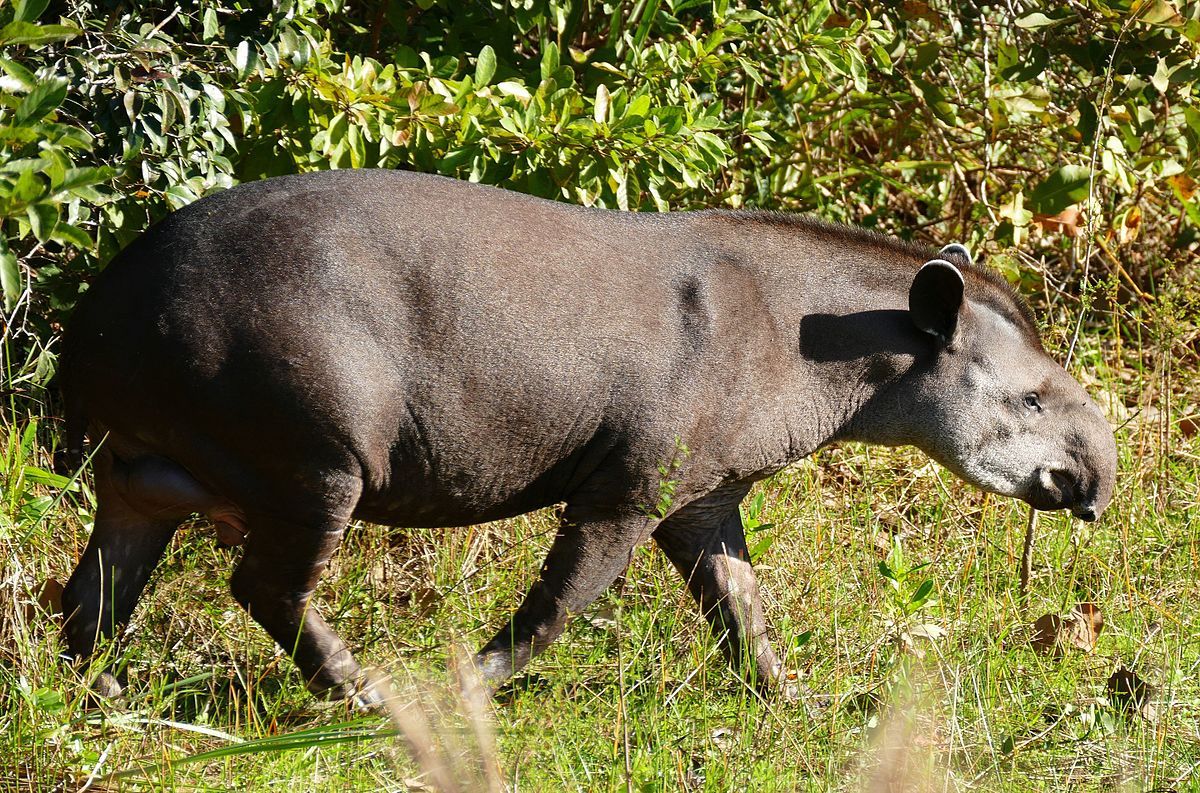The Amazon rainforest is a unique and beautiful place; it is the world’s largest river and rainforest system, and it’s home to some of the most unusual and fascinating creatures in the world. This diverse ecosystem is home to millions of species, many of which cannot be found anywhere else in the world and whose very existence has been threatened by their habitats being destroyed, their depleting food stocks, and their interactions with humans.
The World Wildlife Fund estimates that the trees in the Amazon (which spans a distance two thirds the size of the United States and across eight South American countries) will disappear by 2030, if the current rate of deforestation does not end, and with the trees, many surprising animals will no doubt disappear, too. These animals include multiple mammals, amphibians, reptiles, and birds, and among them are the Glass Frog, which has a transparent underbelly, and the Pygmy Three-Toed Sloth which is already listed as “critically endangered.” Then in the rivers, you can find the pink Amazon river dolphin (which is unlike any other dolphin) and the Mata Mata turtle, which looks a lot like a big, jagged rock, and below are 20 animals that can be found in the Amazon.
20 The Amazon Is Home To This Unusual Creature, The Pygmy Three-Toed Sloth
There are a lot of unique and interesting creatures that live in the Amazon Rainforest, and the pygmy three-toed sloth is one of them. According to World Wildlife Fund, there are two types of sloths, those with two toes and then those with three, and while there are several different types of sloths that can be found crawling (at a very leisurely pace) along the canopies of the trees in central and South America, of all the species mentioned it is the pygmy three-toed sloth that is “critically endangered.”
As for why they are so slow? LiveScience reports that this could be because their diet of leaves is not very nutritious and takes a long time to digest, providing the sloths with little energy and possibly accounting for their slowness.
19 The Transparency Of The Glass Frog Makes It Mesmerizingly Beautiful
It’s unusual to see a creature with skin that is transparent, but the Amazon rainforest, known for its biodiversity, is home to such a creature; the Glass Frog. The Glass Frog is a type of tree frog and its belly is see-through, so when it is turned over or jumping, you can see its internal organs.
But what is the point of having a clear underbelly which exposes the organs? According to National Geographic, scientists are unsure of the reason why these frogs have transparent underbellies, but FactZoo reports that scientists believe that this could have happened during evolution, and that earlier frogs of this species used this oddity for camouflage.
18 The Golden Lion Tamarin’s Mane Could Rival That Of An African Big Cat
When you think of an animal with a mane, a lion probably comes to mind, but the African big cat is not the only animal to boast fur around its face, so too does the Golden Lion Tamarin. These small primates get their name from the lion, but that is where the similarity ends; they are small monkeys weighing 17 to 24 ounces and can range in length from 6 to 10 inches, National Zoo reports.
The social species are omnivores (feeding on fruit, insects and small invertebrates) and are found mainly in trees. They sleep in hollows at night and swing from the tree-tops during the day in search of food, National Geographic reports.
Unfortunately, these animals are threatened due to the loss of habitat caused by logging, agriculture, and industry.
17 The Common Vampire Bat
Vampires are the inspiration behind many popular books and films, and as humans, we tend to have a fascination with these mythical creatures. And while vampires may not exist, they do have a close relative, the common vampire bat.
According to BBC Nature, these bats have to feed on blood daily to avoid starvation. Interestingly, they don’t actually suck blood but rather lap it up after making a cut with their sharp incisor teeth. And although these bats usually feed on livestock or birds, there have been reports of them biting humans, too.
The New York Post reports that scientists at the Federal University of Pernambuco in Recife, Brazil, studied feces samples and found traces of human DNA.
16 The Bald Uakari Monkey Can Be Seen Swinging From The Tree Tops
The Bald Uakari monkey has a long, shaggy brown coat, but he is hairless on his head, red-faced, and really, quite striking. These monkeys can be found living in large social groups (also referred to as troops) of up to 100, and BBC Nature reports that they are active and intelligent.
The Bald Uakari monkeys prefer to live in the canopies in the rainforest feeding on seeds, fruit, nectar, and the occasional insect, although in the dry season they have been known to venture down in search of food. Unfortunately, these animals are listed as vulnerable, and National Geographic reports that in addition to the destruction of their habitat, they are also hunted for food and sometimes captured by indigenous peoples.
15 The Potoo Is An Expert At Blending In With Its Surroundings
The potoo is a nocturnal bird which can be found in the Amazon, and although it can be found there, does not necessarily mean that it is easy to spot. These birds blend in with their surroundings thanks to their grey, brown, and black plumage, which closely resembles the bark of trees. According to Britannica, when these birds sleep during the day, they do so vertically perched on dead branches, making them almost impossible to spot.
And because they are so difficult to observe, not much is known about these species and their natural history, although the publication notes that they are solitary creatures who feed on insects and lay a single egg.
14 The Poison Dart Frog May Look Beautiful, But You Don’t Want To Go Near It
The poison dart frog is a breathtakingly beautiful creature, but its bold colors are more a warning that it’s toxic and predators should stay away -- a tactic called aposematic coloration -- rather than an invitation to marvel at its beauty. According to National Geographic, these frogs come from the Dendrobatidae family and are considered to be some of the most toxic animals in the world; the golden poison frog has enough poison to kill 10 grown men (or 20,000 mice). Some scientists believe that these frogs may get their toxicity from insects that they eat, which include tiny beetles.
The poison dart frogs are around 1 inch in size, and can live for 3 to 15 years in the wild.
13 The Jesus Lizard Can, Amazingly, Run On Water
This lizard is often referred to as the Jesus Christ Lizard because of its ability to walk on water, but its real name is the Green Basilisk and they are part of the iguana family. According to National Geographic, these lizards, which are native to Central America, spend most of their time in the trees but are often found near water. The reason for this is because when threatened they can drop from the tree and run across the surface of the body of water below.
As for how they are able to run on the surface of water? This is because of their speed (which is about 5 feet per second), but also the long toes on their rear feet which have “fringes of skin” allowing them to create an air pocket that stops them from sinking.
12 The Goliath Birdeater Is One Of The Largest Spiders In The World
Anyone who is even slightly afraid of spiders would not want to come across The Goliath Birdeater because it’s one of the biggest spiders in the world. Smithsonian notes that based on mass, this spider is the largest in the world (but it’s leg-span makes it the second largest), and that they have been found to be as large as a puppy and weighing the same -- which is the stuff nightmares are made of.
But, unlike many of the other spiders that you may encounter in the rainforest, this one is not particularly poisonous, and the publication notes that despite having 1-inch fangs, the bite from one of these spiders is only as painful as a wasps sting. In addition to being able to bite to fend off its predators (although biting is mostly used as a way to kill its prey, which according to EOL include insects, small mammals, and reptiles), this spider can also shoot tiny hairs.
11 The Mata Mata Is A Turtle, Although You’d Be Forgiven For Thinking It’s A Stone
The Mata Mata (scientific name Chelus fimbriatus) would definitely not be winning any awards for the most beautiful turtle in the world because it looks a lot like a rock.
It is a freshwater turtle species that are primarily located in the Amazon and Orinoco basins and prefers to live on the bottom of shallow areas of slow-moving rivers, stagnant pools, swamps and blackwater pools, Wildlife Facts reports. These very flat turtles feed primarily on fish, but also eat insects, amphibians, birds and small mammals and can grow to be 45 centimeters (18 inches) in length, and 15 kgs (33 pounds) in weight, Toronto Zoo reports.
10 The Amazon River Dolphin Is Definitely Not Your Typical Dolphin
The Amazon River Dolphin (or pink river dolphin, or boto) is unique in more than it’s coloring because according to World Wildlife Fund, it lives only in freshwater. It can be widely distributed in the Amazon and Orinoco river basins and there are tens of thousands of them, although in certain areas they are considered vulnerable because their natural habitats have been threatened by river development projects. They are also seen as competition for some of the locals, who are fishing waters where the fish stocks have been reduced, and these river dolphins are often hurt or used as bait in the catfish industry.
This dolphin species feeds on fish, and they are reliant on a healthy supply of fish for survival.
9 The Hoatzin Is Considered One Of Strangest Birds
The Hoatzin bird is considered to be one of the strangest birds in the Amazon, and according to Tambopata Eco Lodge, this is because evolutionary biologists have struggled to categorize this bird. It’s also almost completely flightless, has a claw on its wing, and is referred to as the “stink bird” because its unusual herbivorous digestive system, and Discover Wildlife notes that they are the only birds known to have a foregut fermentation system.
This unique system allows them to eat the leaves and other plant-based items that are low in nutrients, but provides them with enough energy -- as far as digestive systems go, they are more similar to cows or sheep than birds. As for the stink? This is a by-product of their diet, and Discover Wildlife reports that they are often thought to smell like fresh cow manure.
8 Green Anacondas Are Not Just Found On Land, They're Also Great Swimmers
The average lifespan of a green anaconda in the wild is 10 years and they can grow up to 30 feet in size and weigh up to 550 pounds (although the females are significantly larger than the males). These big snakes live on both land and in water, and National Geographic reports that they can be found in swamps, marshes, and slow-moving streams, and can hunt their prey while almost completely submerged in murky waters.
These snakes are non-venomous constrictors and usually wait for their prey to come drink before seizing them and squeezing them until the animal asphyxiates. Nature notes that their typical prey includes large rodents, mammals, birds, and aquatic reptiles, but National Geographic notes that these snakes can even kill jaguars.
7 It’s Very Rare To Spot A Giant Anteater In The Amazon Rainforest
It is rare to spot a giant anteater in the Amazon rainforest and according to Iquitos Times, they are hard to distinguish from their surroundings because of their coarse fur which is usually brown, grey, or black in color. They also tend to be very elusive.
The giant anteater can be found on the forest floor, feeding on ants and termites, and one of the most interesting things about these creatures is that they actually have no teeth. Instead, they use their long tongues and elongated snouts to eat up to 35,000 termites and ants a day, National Geographic reports. They can also use their sharp claws to dig into the ant hills.
6 Red-Bellied Piranha Eat One-Eighth Of Its Average Body Mass Per Day
Piranhas have rows of razor-sharp teeth and they look to be extremely scary fish, but what’s interesting to know is that, despite what movies may want us to believe, Smithsonian says that humans are only part of a piranhas diet if they are already dead or dying. National Geographic also reports that scientists believe that these fish swim together in schools for protection, not to take down big creatures, and that their reputations may have been exaggerated.
Piranhas, like the red-bellied piranha, eat one-eighth of its average body mass per day, and this usually consists of insects, fish, worms, seeds, plant material, and on occasion when food supplies are low, some piranhas may take a chunk out of other piranhas, Smithsonian reports.
5 You Don’t Get Primates Cuter Than The Pygmy Marmoset
There are many unique and interesting animals that can be found in the Amazon, but not all of them are adorable, at least not in the same way that the pygmy marmoset is. These primates are the smallest monkey in the world, weighing just 99-160 grams, and prefer to live in smaller groups with up to 12 members at most. According to Monkey World, they enjoy bonding in their free time and are incredibly social creatures, even mourning the loss of those who die.
Toronto Zoo reports that they live off a diet consisting mostly of tree sap, which is available all year round and provides the pygmy marmoset with a source of calcium, carbohydrates, and long-chained sugars. The rest of their diet is made up of small flowers, nectar, and fruit.
4 A Sting From The Bullet Ant Can Leave You In Extreme Pain
Native to Central and South America, the bullet ant is unlike other ants in one big way; a sting from this ant will leave a human in extreme amounts of pain. In fact, it is considered to be the world’s most painful insect bite, and Esquire notes that it is rated on the highest level of pain on the four-point system known as the Schmidt Pain Scale for Stinging Insects index -- the test was created by entomologist Justin Schmidt -- along with the tarantula hawk wasp.
As for what it feels like to be stung? According to The Culture Trip, Mr. Schmidt has explained the pain as a “pure, intense, brilliant pain. Like walking over a flaming charcoal with a 3-inch nail embedded in your heel,” and this pain can last from five and 24 hours.
3 The Peanut Head Bug Gets Its Name From Its Strange-Shaped Head
The Peanut Head Bug is yet another insect found in the Amazon that won’t be winning any awards for beauty, and that’s because of the protuberances on their heads, which resemble that of a peanut. According to Fact Zoo, they can grow to be as long as three inches and despite their appearance looking bulky and awkward, they are actually extremely skilled at defending themselves. They are also harmless.
The Peanut Head Bug scares away predators with the fake eyes on their wings, which makes them appear much larger and thus confuses predators with regards to their size. And if that fails, then they also have a foul-smelling spray (much like a skunk’s defense mechanism) which make them less appealing.
2 Deforestation Threatens The Existence Of The Beautiful Jaguar
The Jaguar is the largest cat in the Americas and according to Defenders, they are a top-level carnivore and skilled hunters. Although they mostly hunt on the ground, they have also been known to climb trees and pounce on their prey from above, plus they love water, which is probably why their prey is so diverse; ranging from sloths and monkeys to crocodiles and snakes.
NatGeo notes that adult jaguars weigh between 45 to 113 kilograms, and can live up to 15 years in the wild, however, these majestic creatures are considered to be near threatened by the World Wildlife Fund, and that is because of hunting and habitat loss caused by deforestation.
1 The South American Tapir Is One Of The Amazon’s Largest Mammals
The South American Tapir is one of four species of tapir, and these unusual looking mammals are related to horses and rhinoceroses, having the same type of hooves, Mongabay reports. These animals can grow to be quite big, with Tambopata Lodge reporting that can be between 1.80 and 2.50 meters in length and weigh around 225 kilograms (although there have been reports of them growing even bigger).
Yet despite their size, they are reclusive, solitary animals, that are seldom spotted in the wild, and there is even less likelihood of that now that their populations are decreasing to due habitat loss and because they are hunted as a source of protein by the indigenous peoples.
References: World Wildlife Fund, Rainforest Cruises, LiveScience, National Geographic, New York Post, BBC, National Geographic

